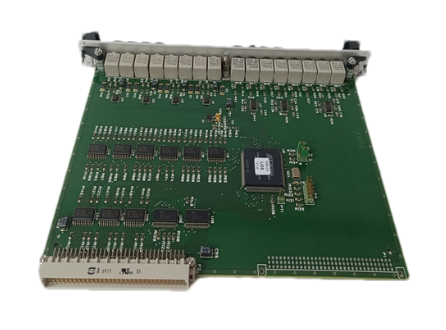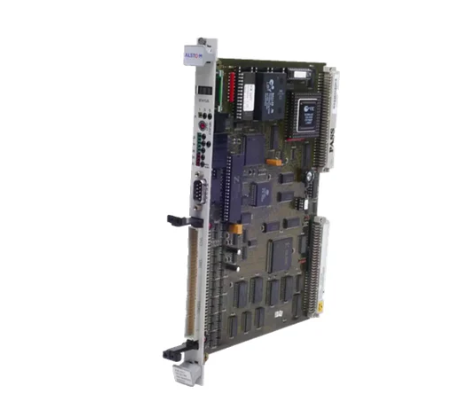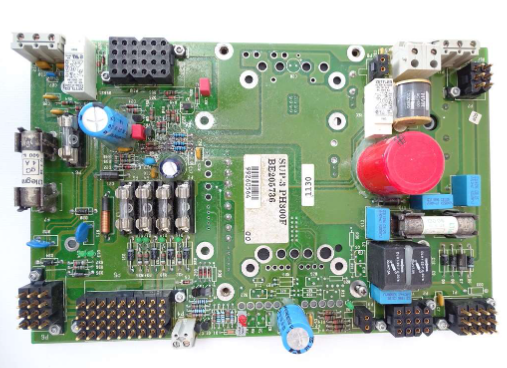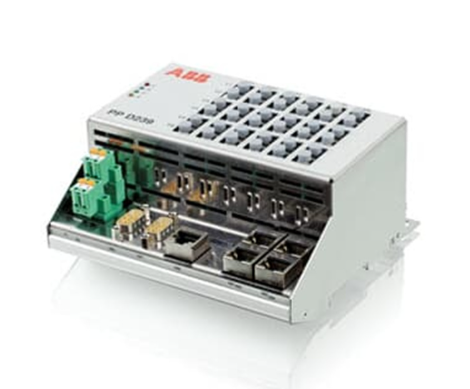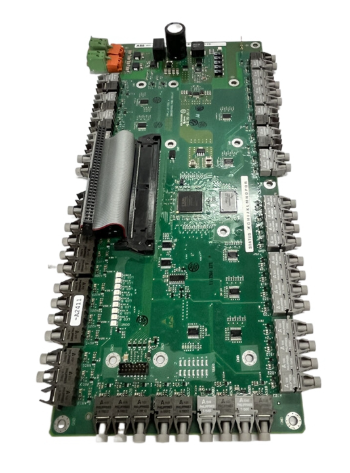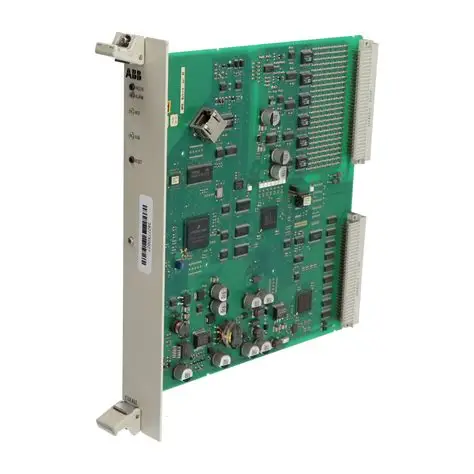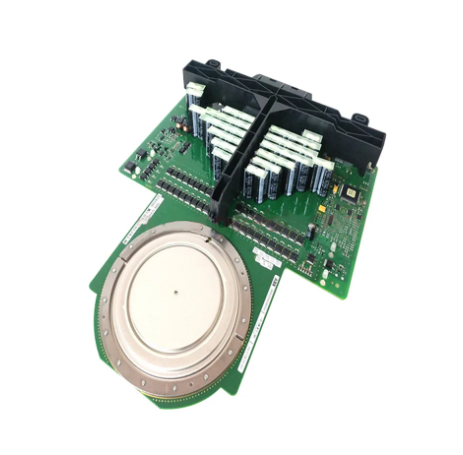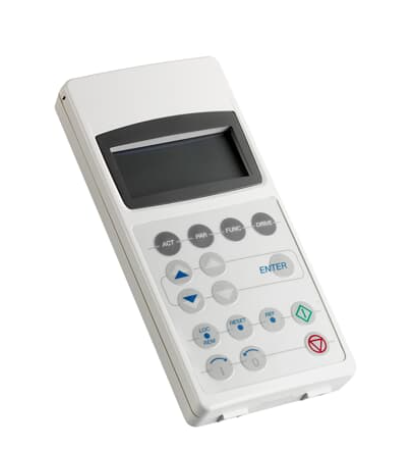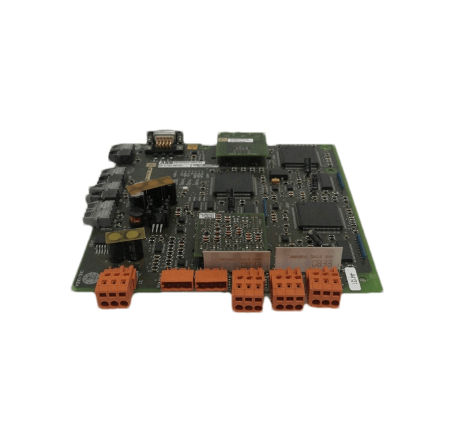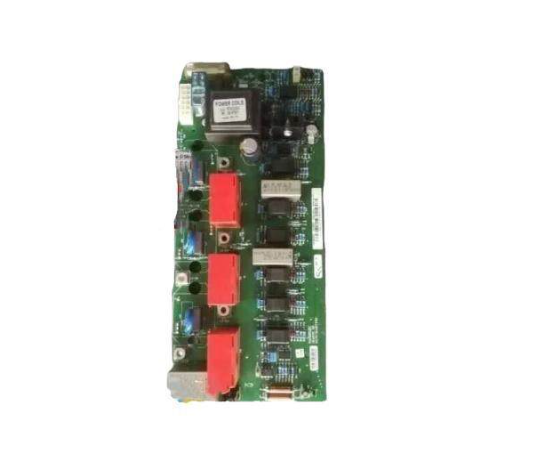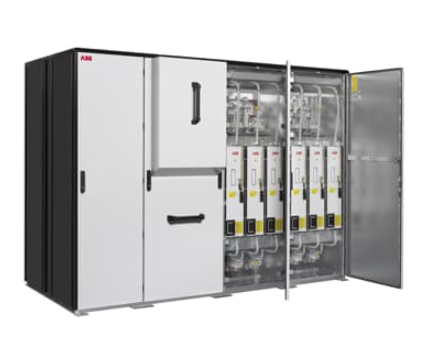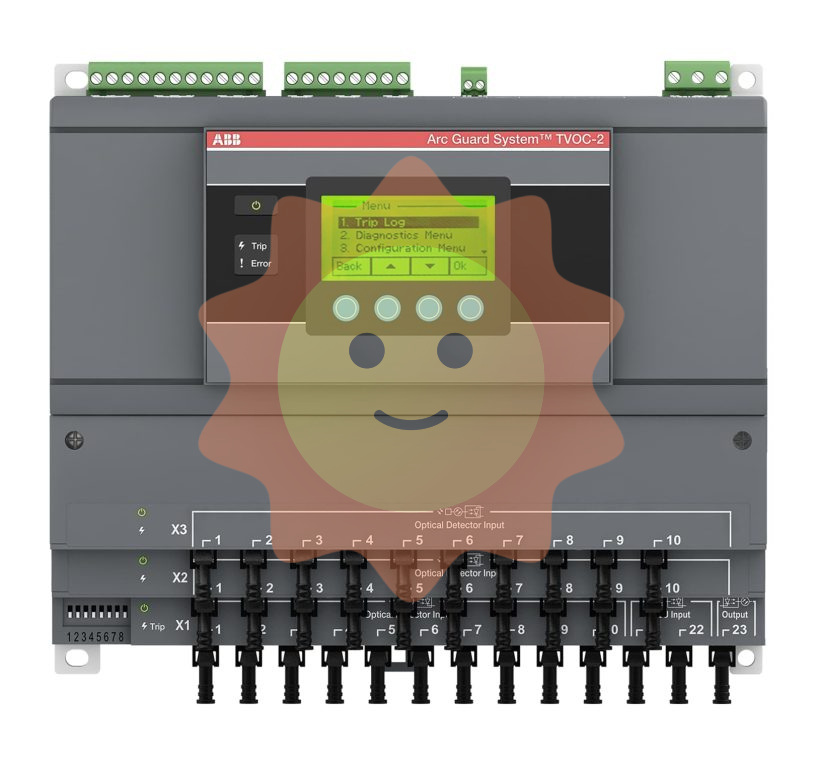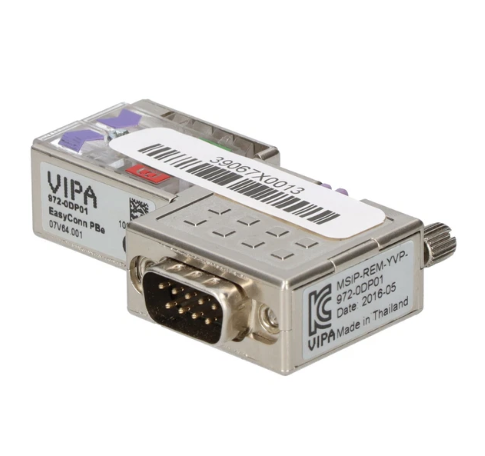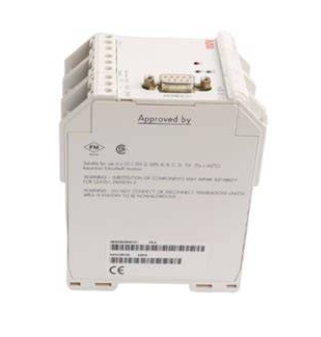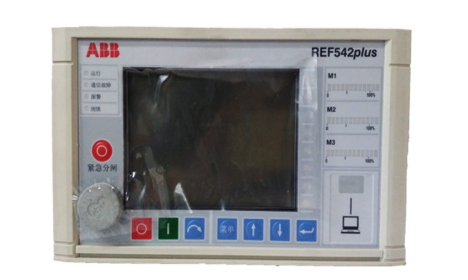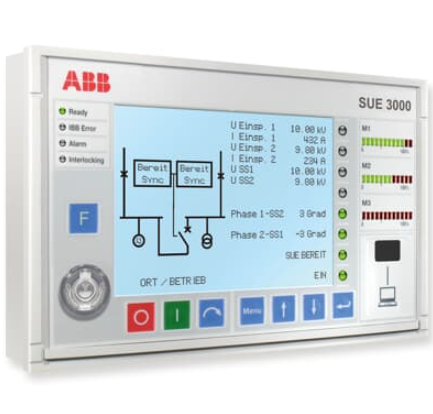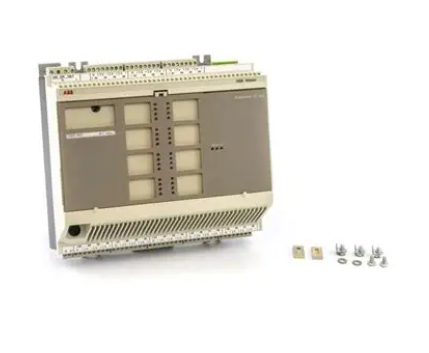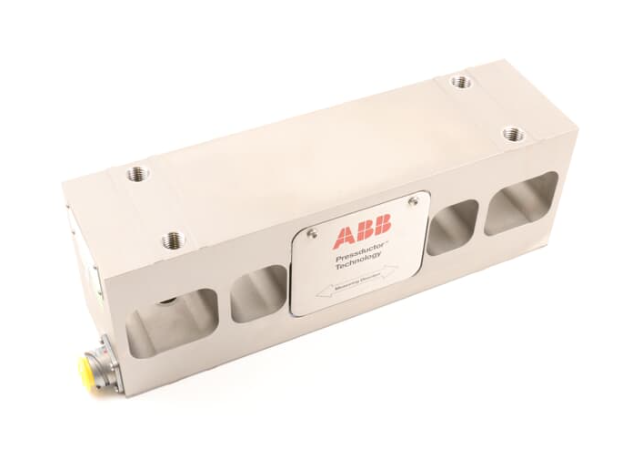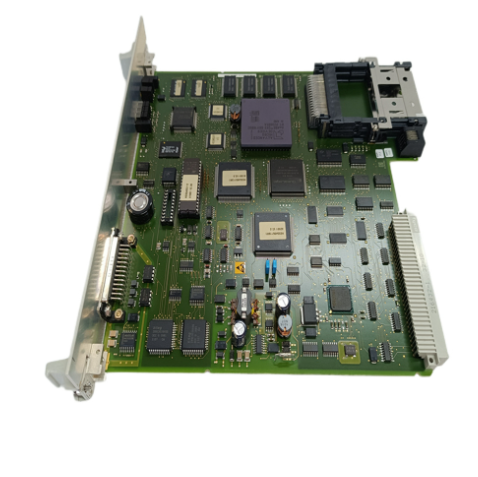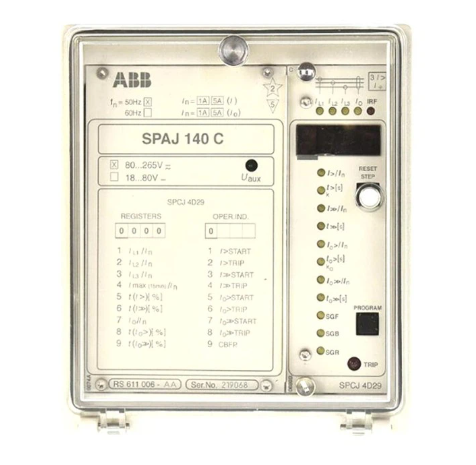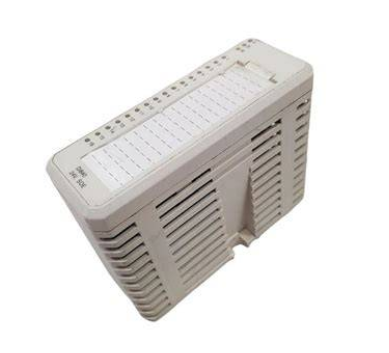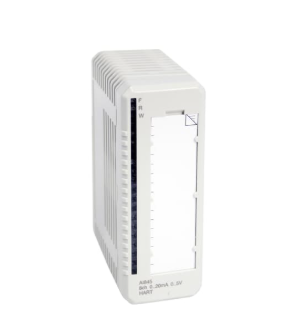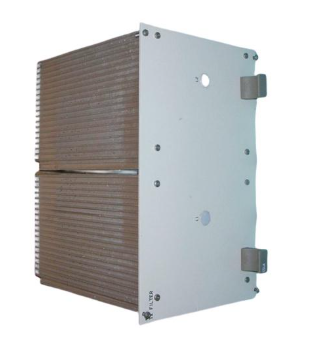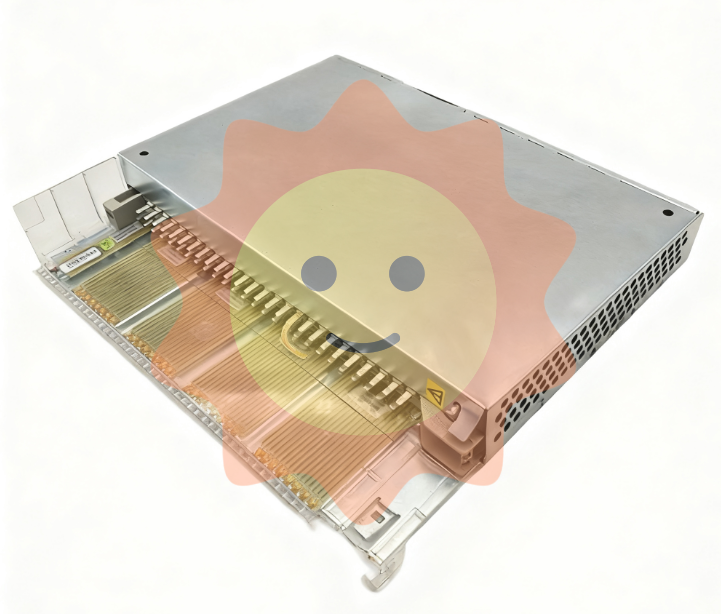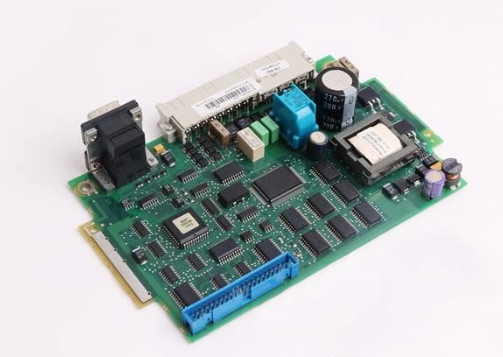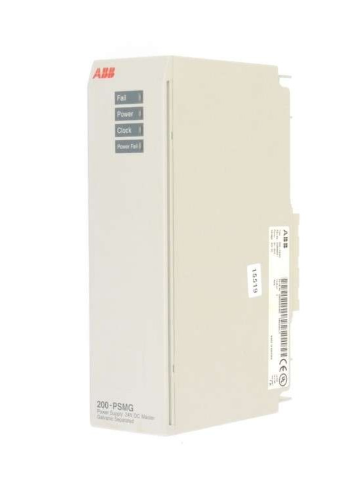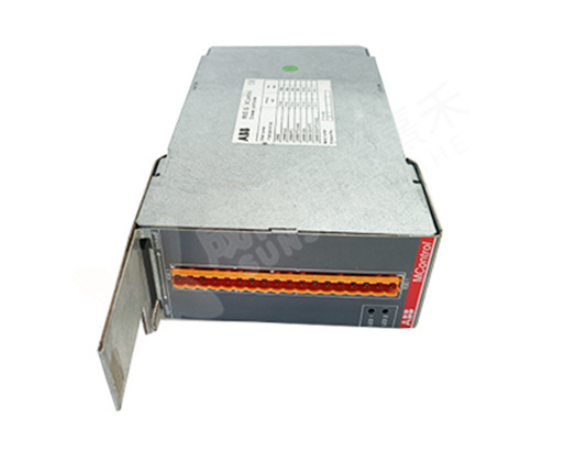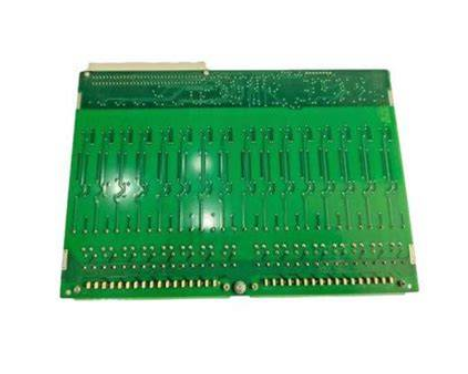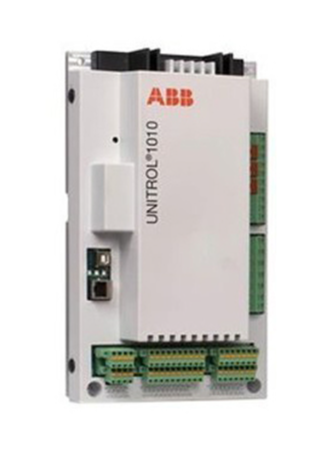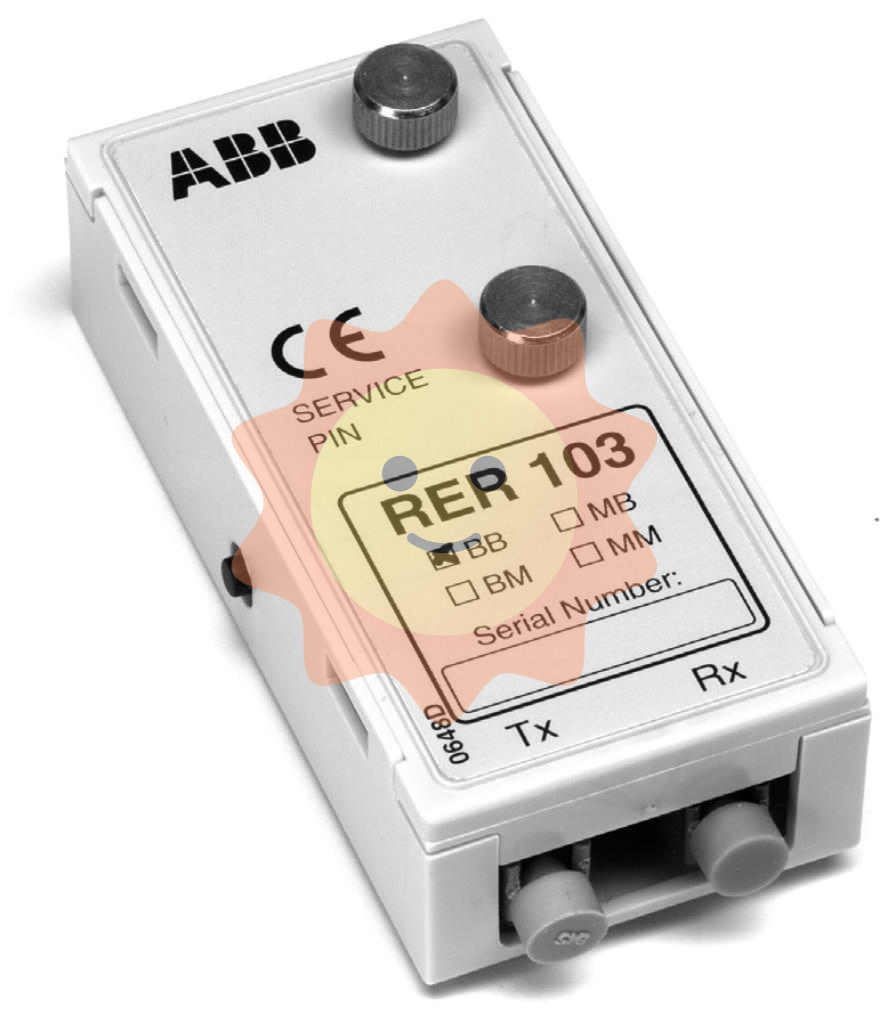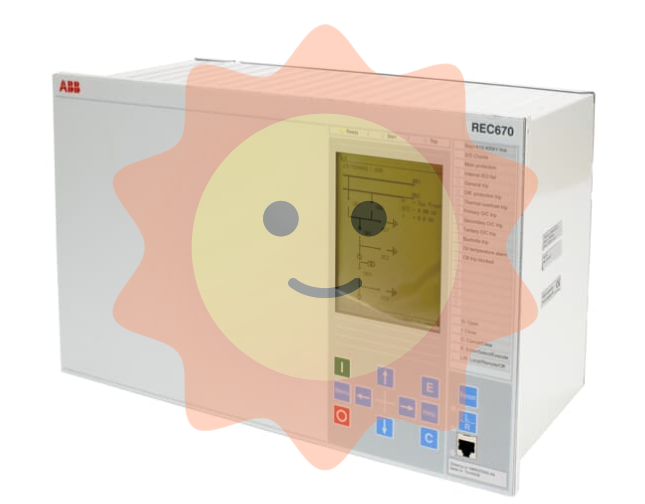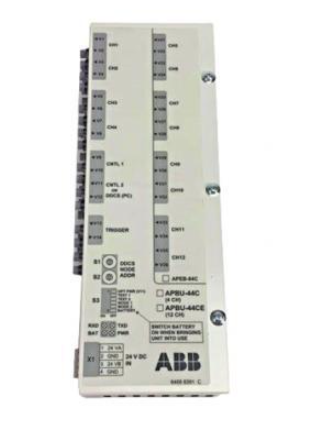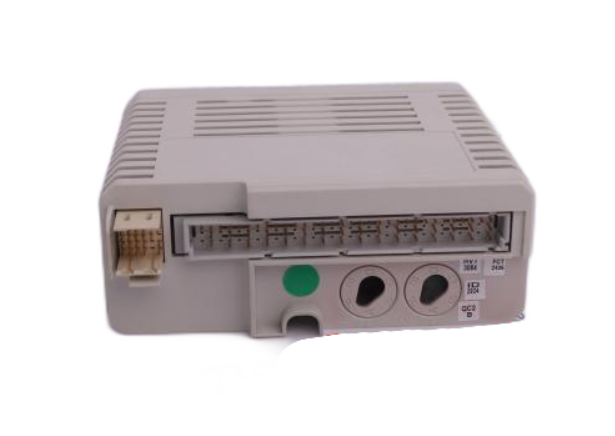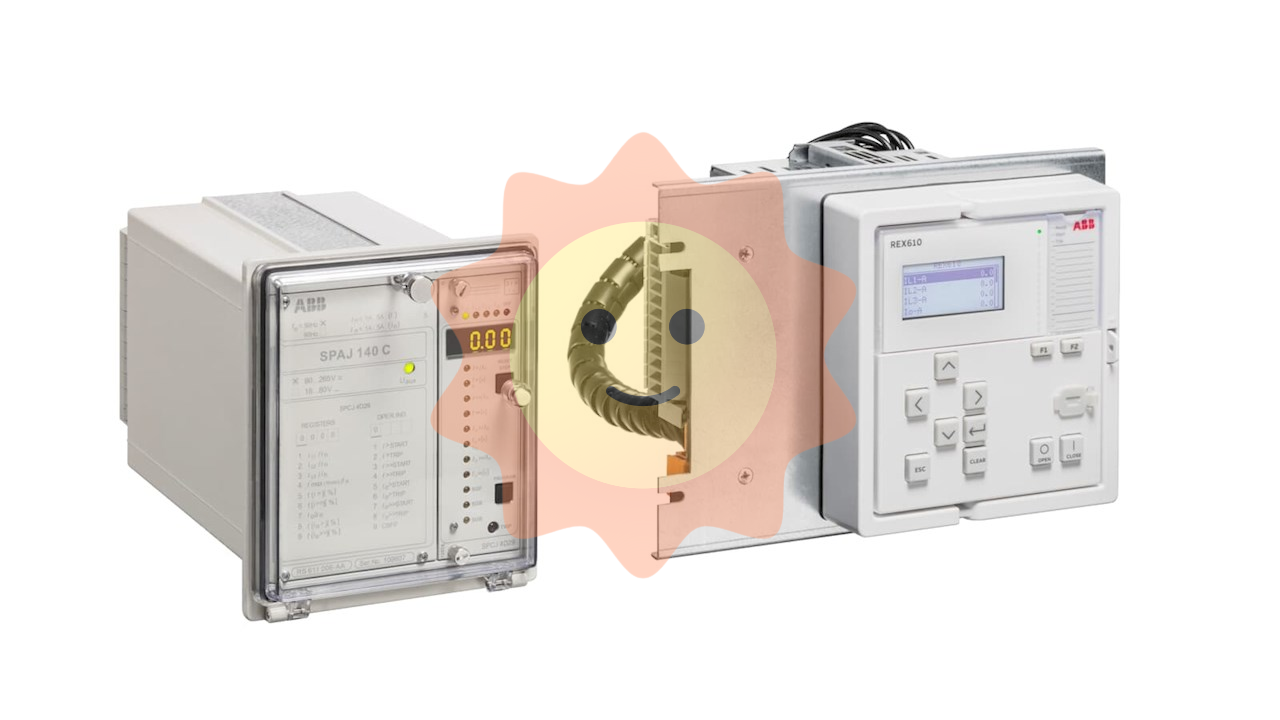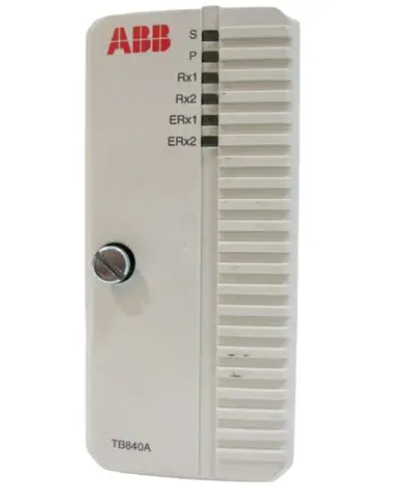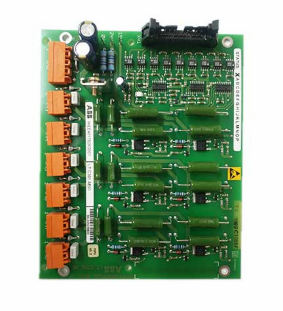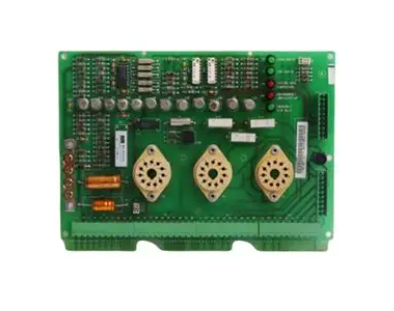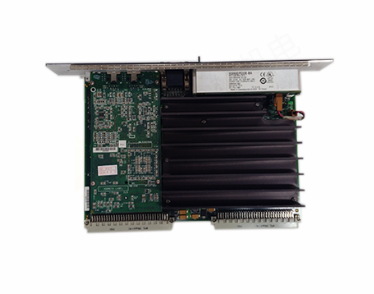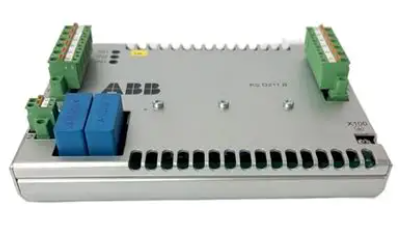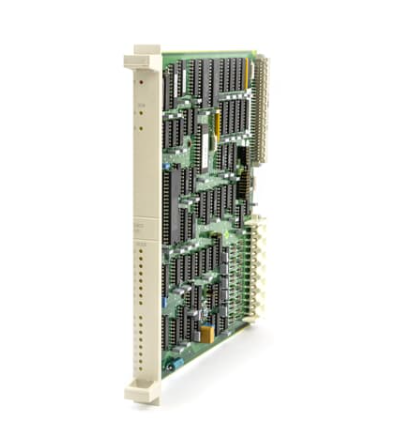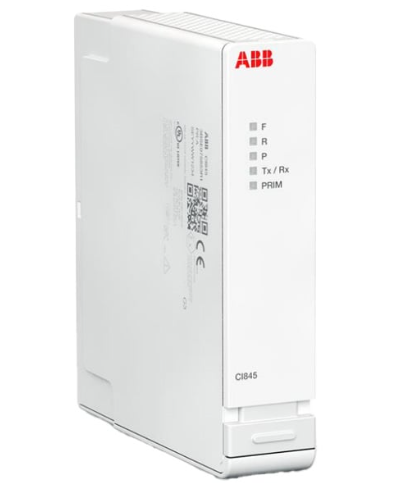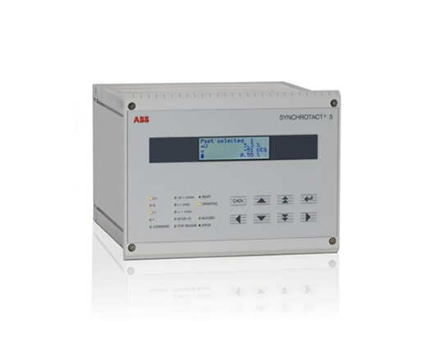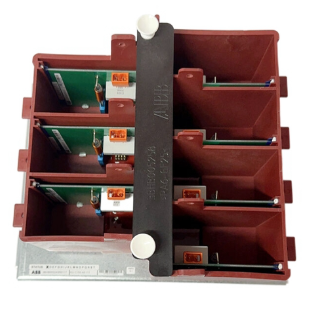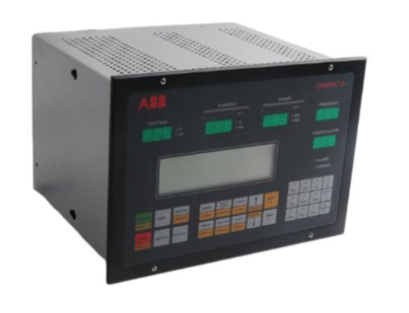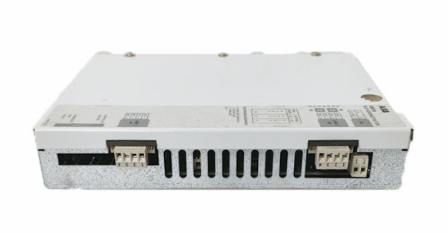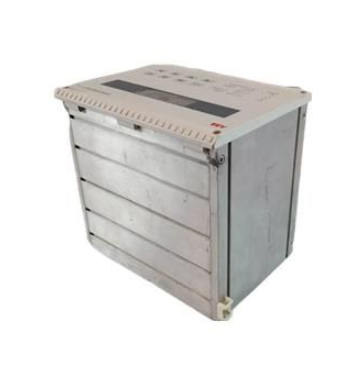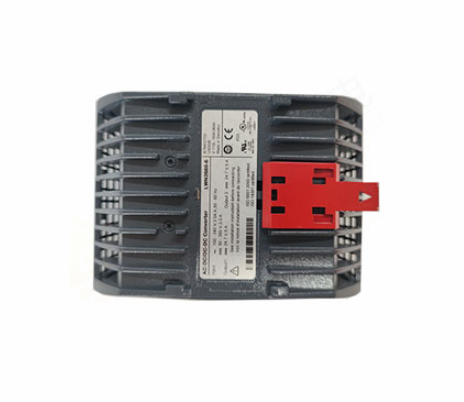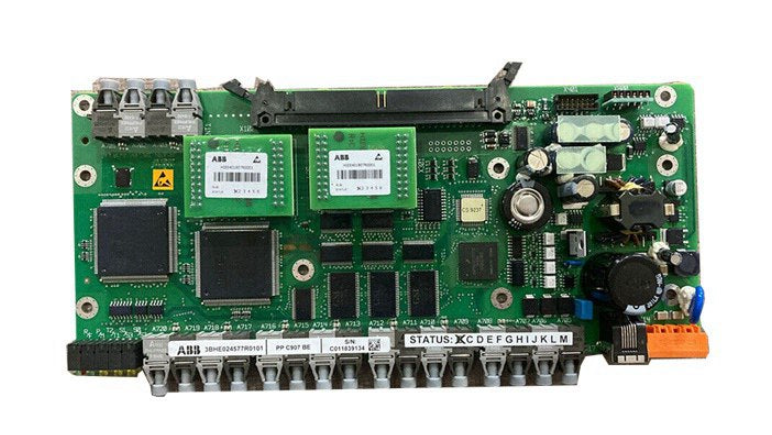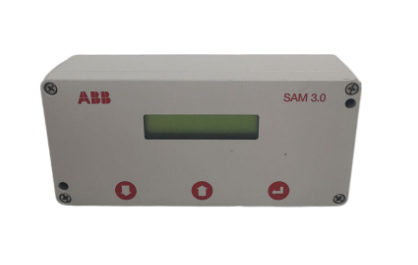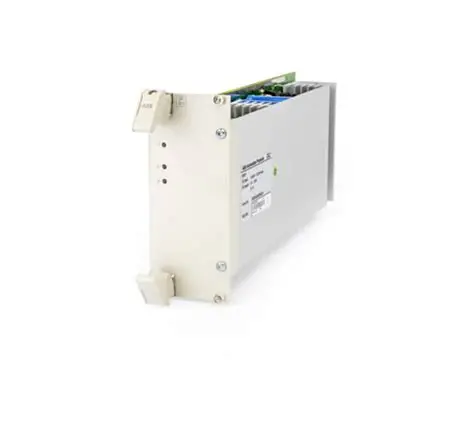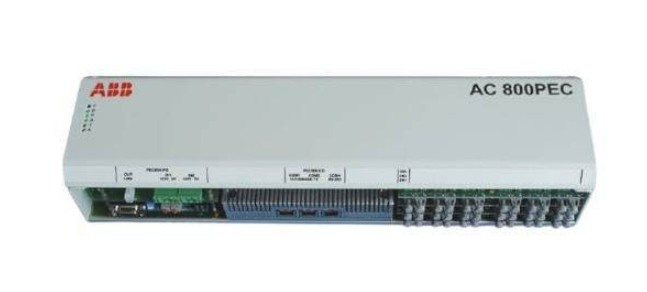ALSTOM MMLG01 module
ALSTOM MMLG01 module
Product Overview
The ALSTOM MMLG01 module is a module launched by Alstom that has important application value in industrial control and other fields. It is ingeniously designed to operate stably in complex system environments, providing critical support for effective control and monitoring of various devices. This module has multiple functional characteristics and can meet the needs of equipment status monitoring, signal transmission, and control in different scenarios. It is an indispensable and important component in the process of industrial automation.
Brand background
ALSTOM was founded in France in 1928 and as a publicly traded company, it has a wide global influence. Alstom initially focused on the supply of rail transit infrastructure equipment, with products and services covering a wide range of fields from high-speed trains, subway trains, monorails, trams to turnkey systems, maintenance services, infrastructure, signaling, and digital transportation. In the long-term development process, Alstom has continuously innovated and expanded its business scope, establishing a good brand image in the global industrial field with advanced technology and reliable product quality. Its mission is to design and provide innovative and environmentally friendly solutions, support carbon neutrality in the transportation sector, adopt a "climate and energy transition strategy", and strive for energy-efficient electrical railway solutions, promote the transition to sustainable mobility solutions, and achieve operational decarbonization. Under this brand philosophy, Alstom's MMLG01 module also inherits the company's high standards for technological innovation and quality control.
Core functions
Equipment status monitoring: The MMLG01 module is capable of real-time monitoring of the operational status of devices connected to it. It can collect various operational data of devices, such as temperature, vibration, current and other parameters, and integrate and analyze these data to determine whether the device is in normal operation. Once an abnormal device status is detected, the module can quickly issue a warning signal to notify relevant personnel to handle it, avoiding further expansion of equipment failures and ensuring the stable operation of the entire production system. For example, in large-scale mechanical equipment on industrial production lines, the MMLG01 module can constantly monitor the operating parameters of its key parts and detect potential fault hazards in advance.
Signal transmission and conversion: It has efficient signal transmission function and can accurately transmit the collected device signals to the control system without error. At the same time, it can also convert and process signals according to the requirements of the control system. For example, converting analog signals into digital signals so that the control system can better recognize and process these signals, achieving precise control of the equipment. In some highly automated factories, a large number of sensor signals are transmitted and converted through the MMLG01 module, and then used by the control system to precisely control the production process.
Control instruction execution: Receive control instructions from the control system and accurately convert these instructions into actual control actions. Whether it's starting, stopping, or adjusting the operating parameters of the device, the MMLG01 module can quickly respond and execute. For example, in a motor control system, it can accurately control the motor's speed, direction, and other operating states based on received instructions, ensuring that the motor runs stably according to production requirements.
Working principle
The MMLG01 module implements various functions through its internal circuit structure and program algorithms. Firstly, its input port is connected to various sensors and other devices for collecting operational status data of the equipment. After entering the module, these data will go through signal conditioning circuits to amplify, filter, and preprocess the signal to improve its quality and stability. Next, the preprocessed signal is transmitted to the microprocessor, which analyzes and processes the signal based on the built-in program algorithm. If it is a device status monitoring function, the microprocessor will compare the analysis results with the preset normal parameter range to determine whether the device is normal; For signal transmission and conversion functions, the microprocessor will convert the signal according to the corresponding protocol and algorithm, and transmit the processed signal to the control system or other devices through the output port. In terms of receiving control instructions, after the communication interface of the module receives instructions from the control system, the microprocessor interprets the instruction content and controls the relevant execution circuit to output corresponding control signals, driving external devices to perform corresponding actions.
Key advantages
High reliability: Alstom, as a well-known brand, strictly adheres to high-quality standards in the product manufacturing process. The MMLG01 module adopts high-quality electronic components and advanced manufacturing processes, and undergoes strict quality inspection processes to ensure that the module has extremely high reliability during long-term operation. In some industrial scenarios that require extremely high stability of equipment operation, such as power production, chemical production, etc., its high reliability advantage is particularly prominent, which can effectively reduce production interruptions caused by module failures.
- EMERSON
- Honeywell
- CTI
- Rolls-Royce
- General Electric
- Woodward
- Yaskawa
- xYCOM
- Motorola
- Siemens
- Rockwell
- ABB
- B&R
- HIMA
- Construction site
- electricity
- Automobile market
- PLC
- DCS
- Motor drivers
- VSD
- Implications
- cement
- CO2
- CEM
- methane
- Artificial intelligence
- Titanic
- Solar energy
- Hydrogen fuel cell
- Hydrogen and fuel cells
- Hydrogen and oxygen fuel cells
- tyre
- Chemical fiber
- dynamo
- corpuscle
- Pulp and paper
- printing
- fossil
- FANUC
- Food and beverage
- Life science
- Sewage treatment
- Personal care
- electricity
- boats
- infrastructure
- Automobile industry
- metallurgy
- Nuclear power generation
- Geothermal power generation
- Water and wastewater
- Infrastructure construction
- Mine hazard
- steel
- papermaking
- Natural gas industry
- Infrastructure construction
- Power and energy
- Rubber and plastic
- Renewable energy
- pharmacy
- mining
- Plastic industry
- Schneider
- Kongsberg
- NI
- Wind energy
- International petroleum
- International new energy network
- gas
- WATLOW
- ProSoft
- SEW
- wind
- ADVANCED
- Reliance
- YOKOGAWA
- TRICONEX
- FOXBORO
- METSO
- MAN
- Advantest
- ADVANCED
- ALSTOM
- Control Wave
- AB
- AMAT
- STUDER
- KONGSBERG
- MOTOROLA
- DANAHER MOTION
- Bently
- Galil
- EATON
- MOLEX
- Triconex
- DEIF
- B&W
- ZYGO
- Aerotech
- DANFOSS
- KOLLMORGEN
- Beijer
- Endress+Hauser
- MOOG
- KB
- Moxa
- Rexroth


Email:wang@kongjiangauto.com

